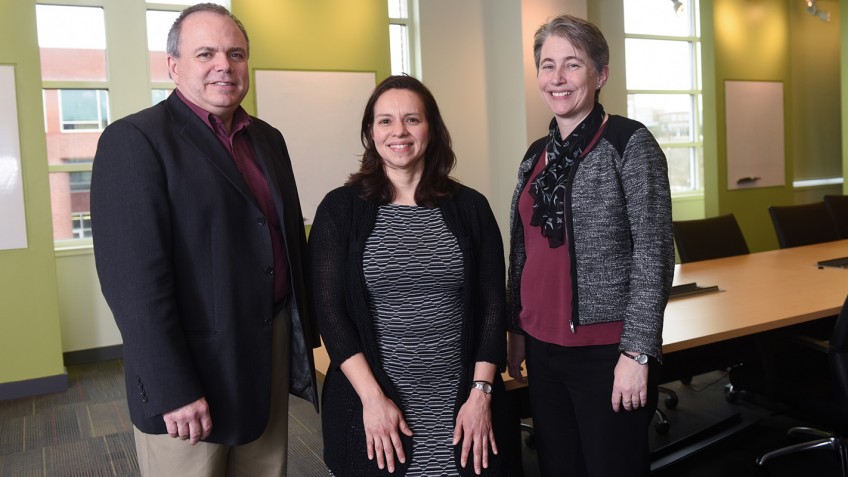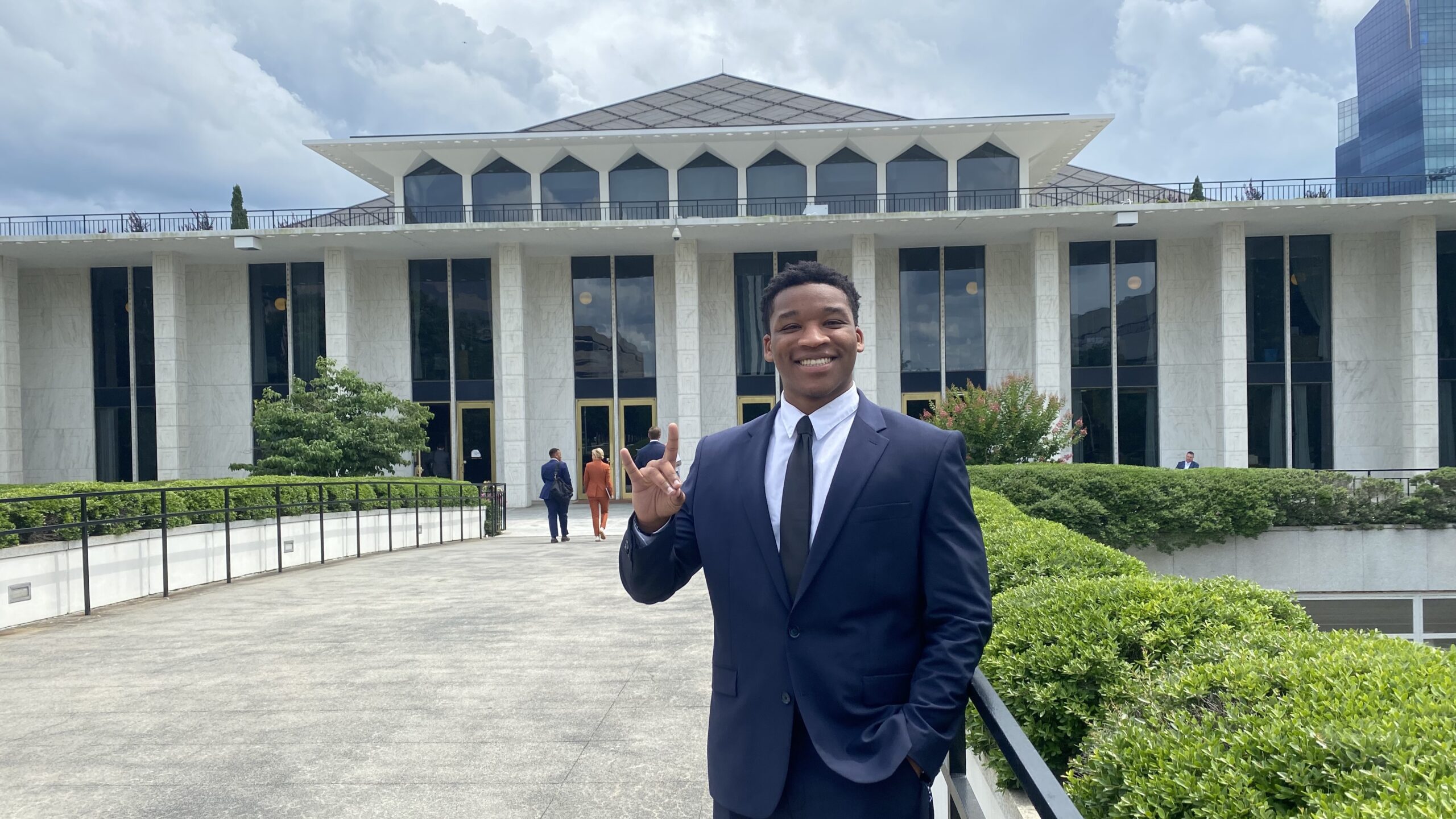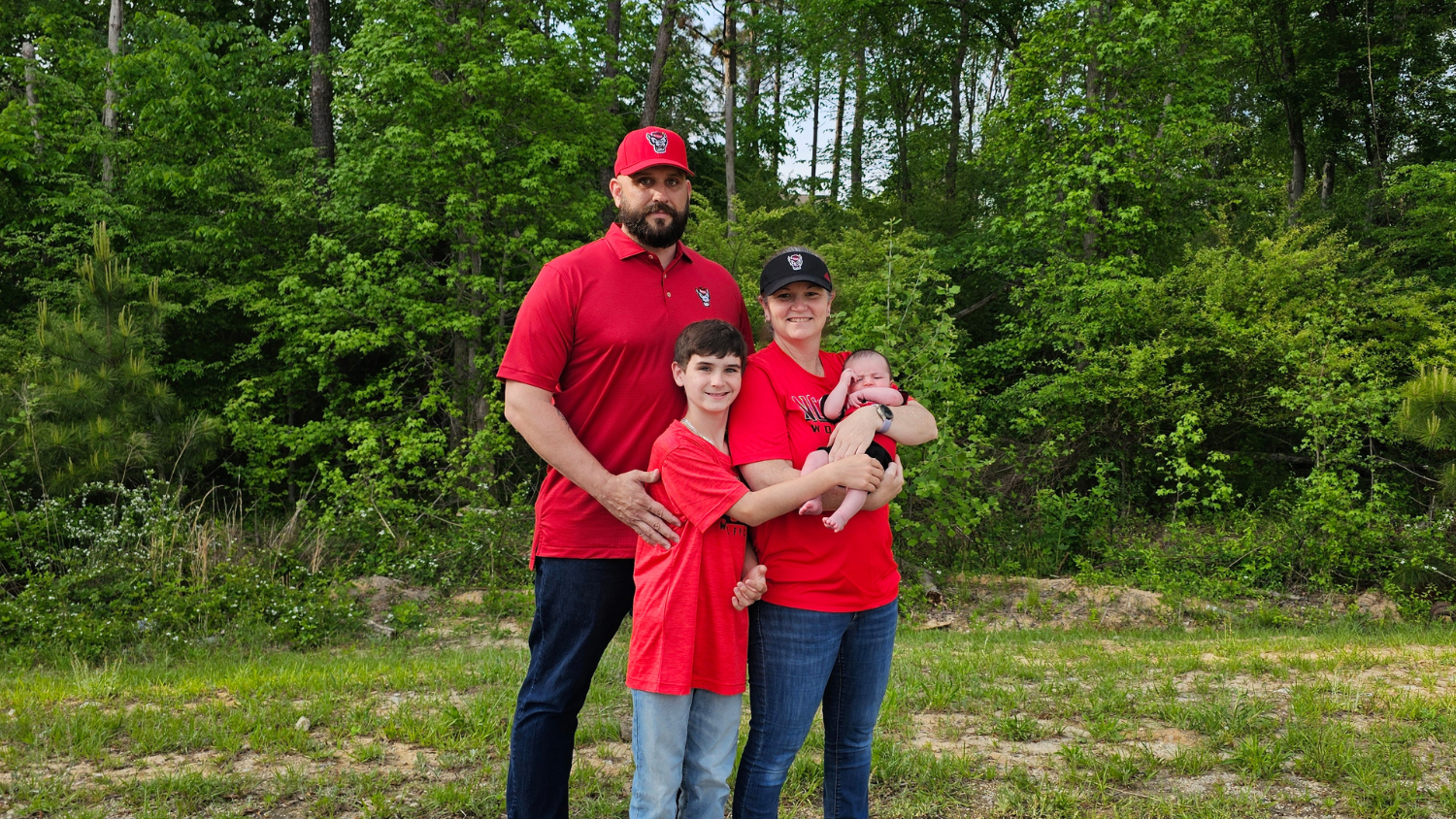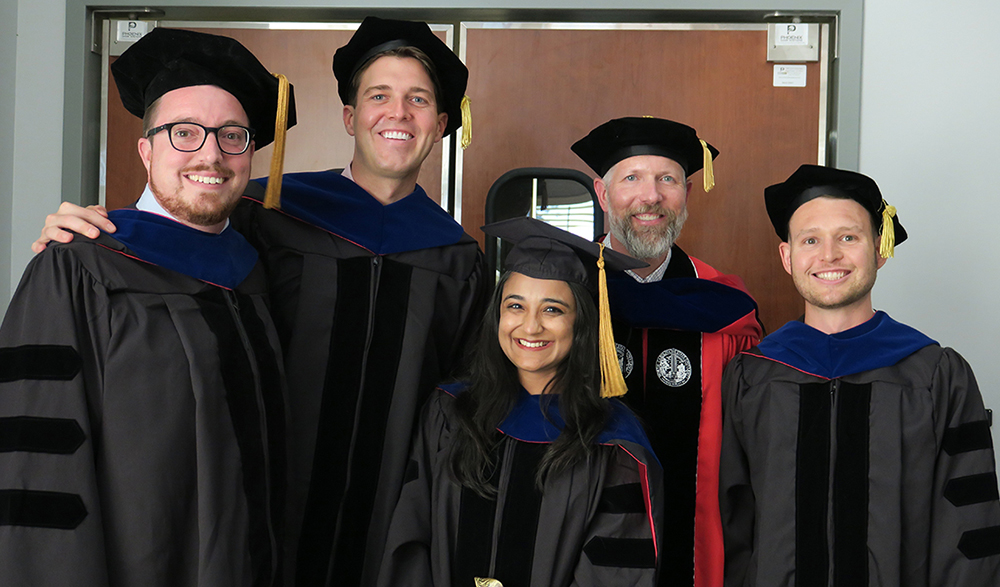Sci and Spy: When Research and Intelligence Communities Collaborate

In 2013, NC State University and the National Security Agency created the Laboratory for Analytic Sciences (LAS) – a collaborative partnership focused on addressing the research challenges associated with “big data.” They soon discovered that a funny thing happens when academic researchers collaborate with the intelligence community: they feel like they’re being spied on.
Shortly after the creation of the LAS, lab leaders brought together interdisciplinary teams of researchers and intelligence personnel to discuss opportunities for collaboration.
In an attempt to be respectful, the intelligence personnel stuck to the sidelines, wanting to observe and learn the ropes before chiming in. But they didn’t communicate this effectively to the academics, who felt they might be monitored and reported on.
It was a disconnect between two very different cultures, and was quickly addressed by simply having the various partners explain what they were doing and why they were doing it. But that initial hurdle highlights the challenges inherent in bringing together experts from myriad disciplines and backgrounds who have never worked together.
While the specific nature of these challenges was not always foreseen, NC State and the NSA knew that obstacles to collaboration would crop up. To that end, they soon brought in academic and industry researchers with expertise in the field of interdisciplinary innovation and teamwork. The goal was to allow these experts to study LAS’s experiences, and to use that information to facilitate future collaboration efforts.
As the director of LAS, Mike Bender, puts it: “Our researchers are conducting experiments, but the lab itself is an experiment in how academic, government and industry partners can collaborate effectively.”
The LAS research team is sharing some of the lessons it has learned at the world’s largest scientific meeting in February: the AAAS Annual Meeting in Washington, D.C.
Among the presenters is Kathleen Vogel, director of the Science, Technology and Society program and associate professor of political science. Vogel, whose work focuses on the nexus of scientific research and security policy, is working alongside a team of interdisciplinary colleagues from NC State’s Department of Communication, College of Management, and College of Design.
“Academics rarely have the chance to work closely with the intelligence community, so this has been a great opportunity to evaluate how research teams composed of academic, government and industry team members form and evolve,” Vogel says.
“Our work with LAS demonstrates that true interdisciplinary collaboration is extremely difficult. There are a lot of differences – cultures, language, knowledge – that need to be resolved in order for a team to function effectively. But we have also identified techniques and organizational structures that help to resolve those differences.
“For example, there are specific practices that can help ensure that people from different backgrounds communicate effectively. There is no one-size-fits-all approach that always works, but we are developing a suite of tools that we can apply, depending on the situation. Determining which tool will work best is as much art as science, and you have to make decisions based on the personalities and relationships involved, as well as how a team evolves over time.”
Alyson Wilson, principal investigator of the LAS, organized the AAAS presentation titled Public-Private Partnerships to Accelerate Innovation in Intelligence Analysis.
“One of the ideas we want to get across is that the LAS is a novel partnership,” Wilson says. “Instead of a traditional, contract-based government collaboration, where each research partner is given a specific objective, we take a fully collaborative approach. Academic researchers work with government personnel to define research goals and methodology.
“Because it is a new model, it’s constantly evolving,” Wilson explains. “And part of what we’re doing is studying how our collaborations work. This AAAS session is an opportunity to share what we’re learning about what’s working and what’s not.”
LAS director Mike Bender adds that at least one aspect of the LAS collaboration is an unqualified success. “We’ve made the end users – the intelligence community – part of the research process,” he says. “That means we are developing analytic tools and techniques that are directly relevant, valuable and usable.
“These partnerships can be great, but they take work. We’re learning a lot about the process of collaboration, and now we want to start a conversation about this.”
An earlier version of this article first appeared on NC State’s news site.


